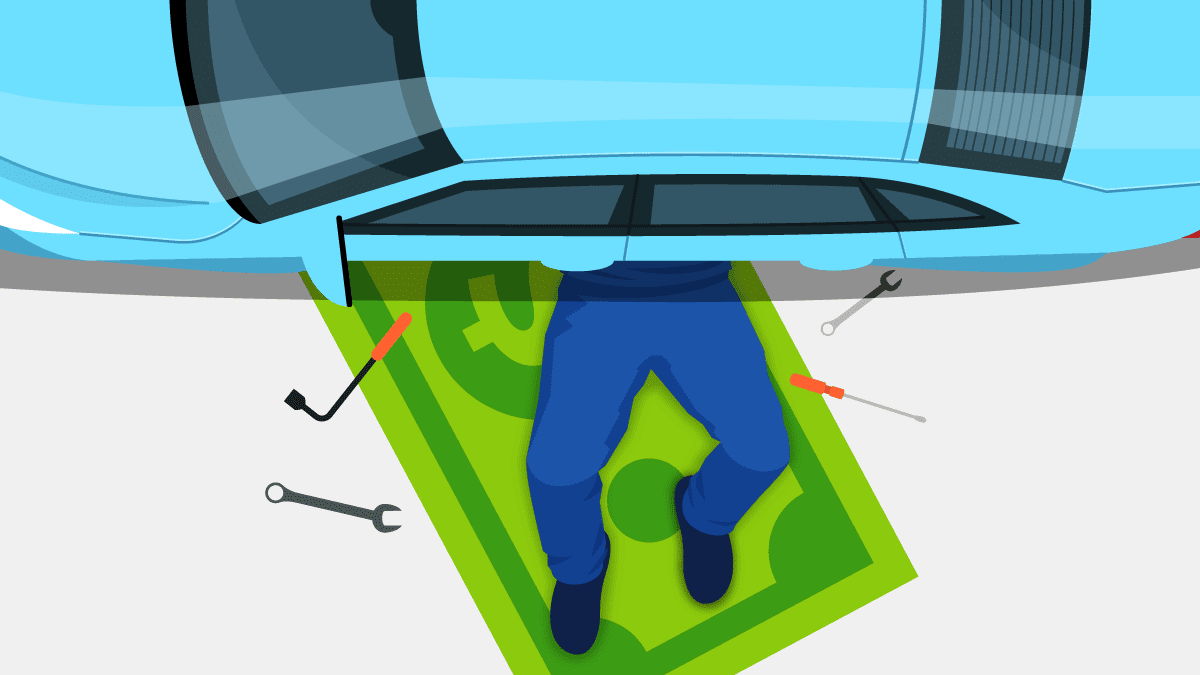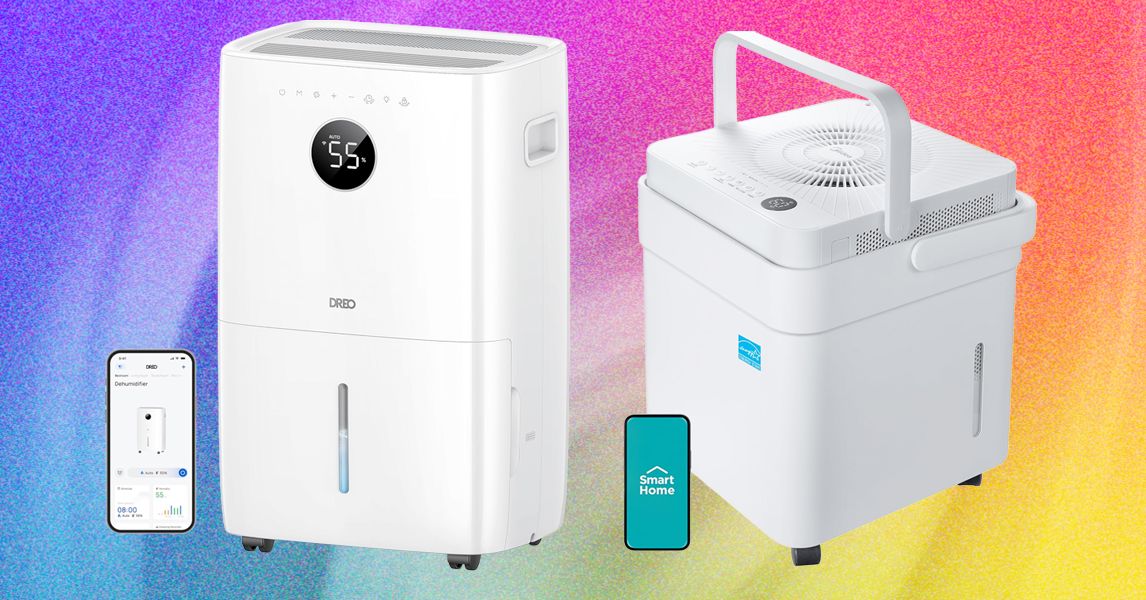
BMW has been a rarity among luxury automakers in that all new models since 2017 that are leased or purchased include a “scheduled maintenance” plan for three years or 36,000 miles, whichever comes first. The plan covers “consumables” such as engine oil and brake fluid, as well as spark plugs and various filters. This plan can then be extended for two years or up to 39,000 miles—for an additional fee.
But the automaker also offers a prepaid maintenance plan for new cars that covers items such as brake pads, wiper blades, and the clutch pedal on manual transmission cars. Owners can also purchase that plan for up to four additional years.
In August 2025, Audi announced that all 2026 models will include scheduled maintenance for the first three years or 30,000 miles, whichever comes first, as well as one brake fluid service. Like BMW, Audi offers owners the opportunity to extend coverage for up to 120,000 miles.
Similarly, all new Nissans come with “Nissan maintenance care,” which includes up to three oil changes within the first two years or 24,000 miles, whichever comes first. Nissan also offers a Security+Plus prepaid maintenance plan. There are various options, ranging from prepaying for oil and filter changes to one that offers oil changes, brake fluid flushing, tire rotation, and more.
As with any contract or agreement, it’s very important to check the fine print. Some plans have restrictions on where that work can be done. In addition, it’s important that you understand what type of plan you’re buying, what the plan covers, and when you can have the work done.
In addition, you can price-compare the plan with having the work done à la carte. If it includes three oil changes, find out what each change costs individually. If there’s a savings, then go for it. But if it’s no cheaper than the individual price—or if you go to an independent mechanic—you aren’t getting any advantage from a prepaid plan.









